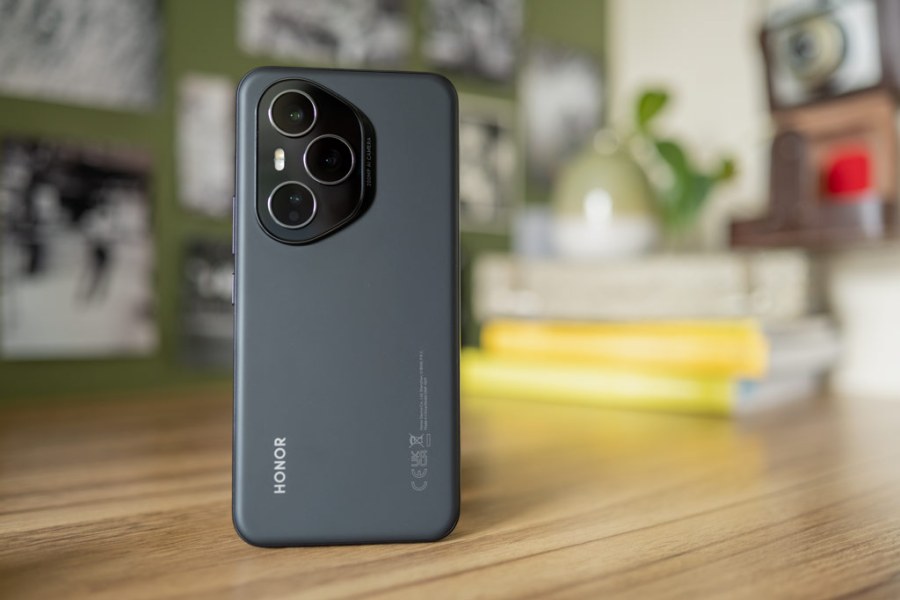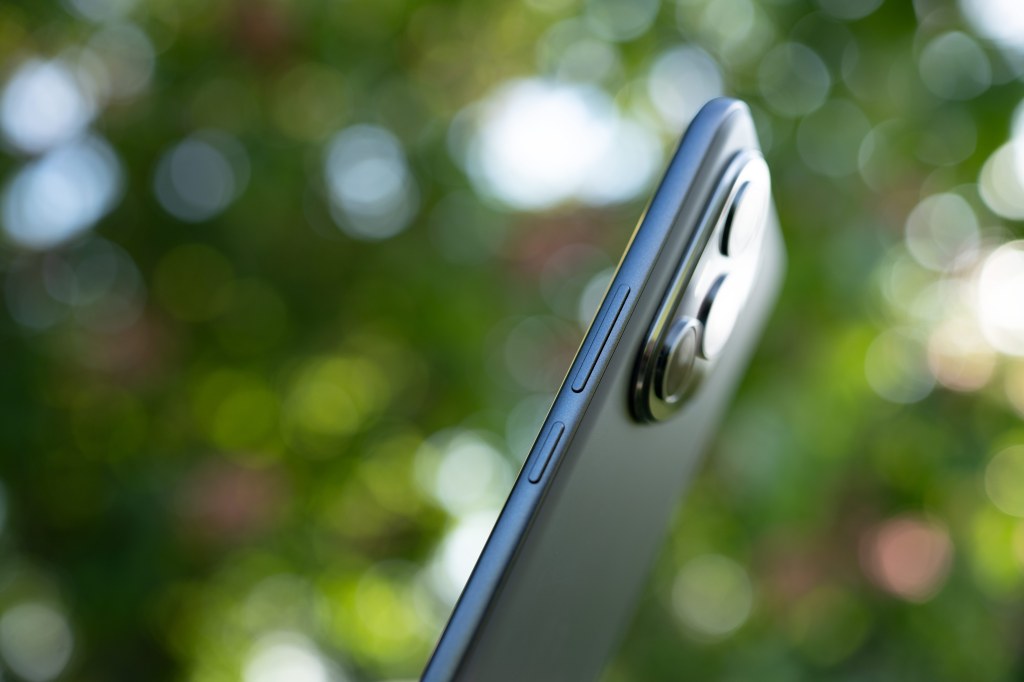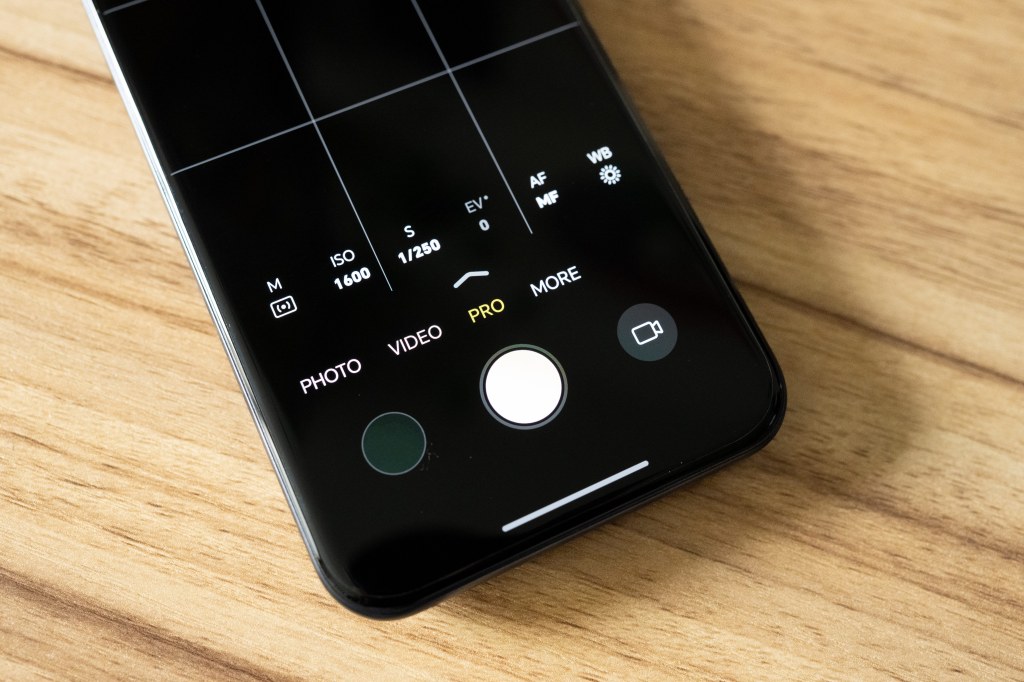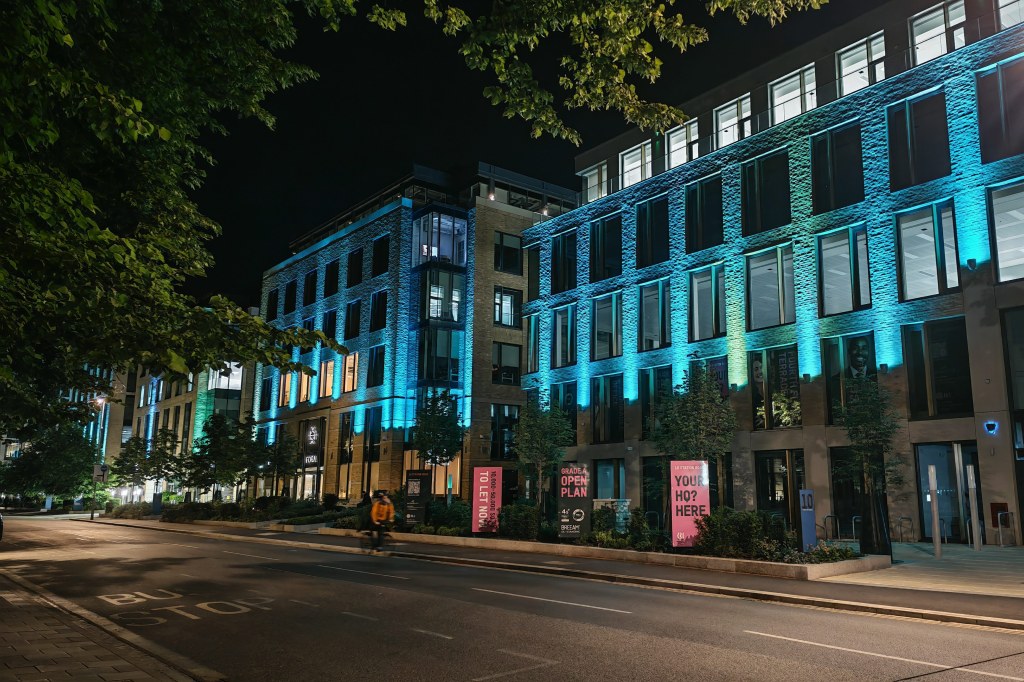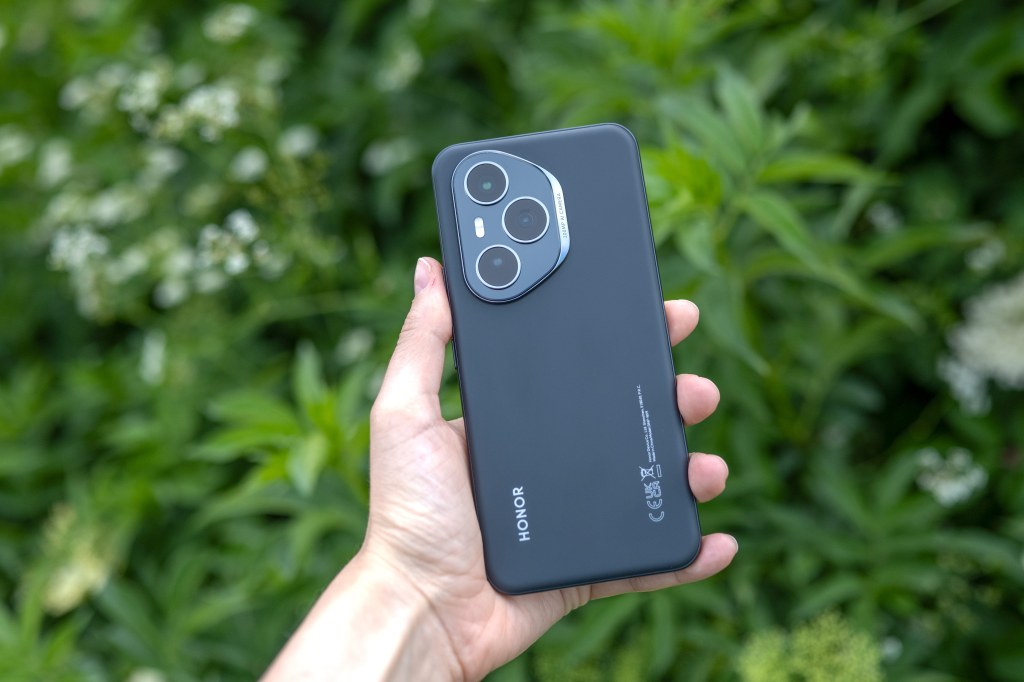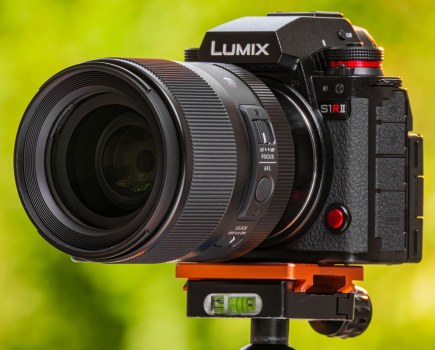Amateur Photographer verdict
A compelling upgrade, especially for portrait lovers, if you can overlook it’s imperfections it delivers with flagship-like perks at a mid-range price- Great Portrait mode
- Lots of AI editing and image capture features
- Nice build quality
- Selfie camera AF
- Telephoto colours
- Only two colour options available
- Not available in the US
The Honor 400 Pro is a mid-range smartphone in Honor’s latest 400 series. Earlier in April, the company released the Honor 400 Lite, a budget option in the lineup, and now, with the 400 and 400 Pro versions, it completes the squad. With features seen in the best smartphones, like the 200MP main camera and autofocus on all cameras, including the selfie one, the Honor 400 Pro looks like an impressive update over its predecessor. Let’s find out how it performs.
Honor 400 Pro at a glance
- 200MP f/1.9 (1x) main camera, 24mm equivalent, OIS + EIS dual stabilisation (1/1.4inch sensor)
- 50MP, f/2.4 telephoto camera, 68mm equivalent, OIS (3x optical), Sony IMX856 sensor
- 12MP, f/2.2 (0.6) ultra wide and macro camera, 16mm equivalent
- 50MP f/2 selfie camera with AF
- 4K 60/30fps rear and 4K 30fps front video recording
- 6.7 inch (5000nit peak) OLED, 120Hz
- Europe: 5300mAh (other: 6000mAh) Silicon Carbon, 100W wired / 50W wireless charging
- Qualcomm Snapdragon 8 Gen 3 processor, 12GB RAM / 512GB storage
- IP68/69 water resistant
- Dimensions: 8.1mm
- Weight: 205g
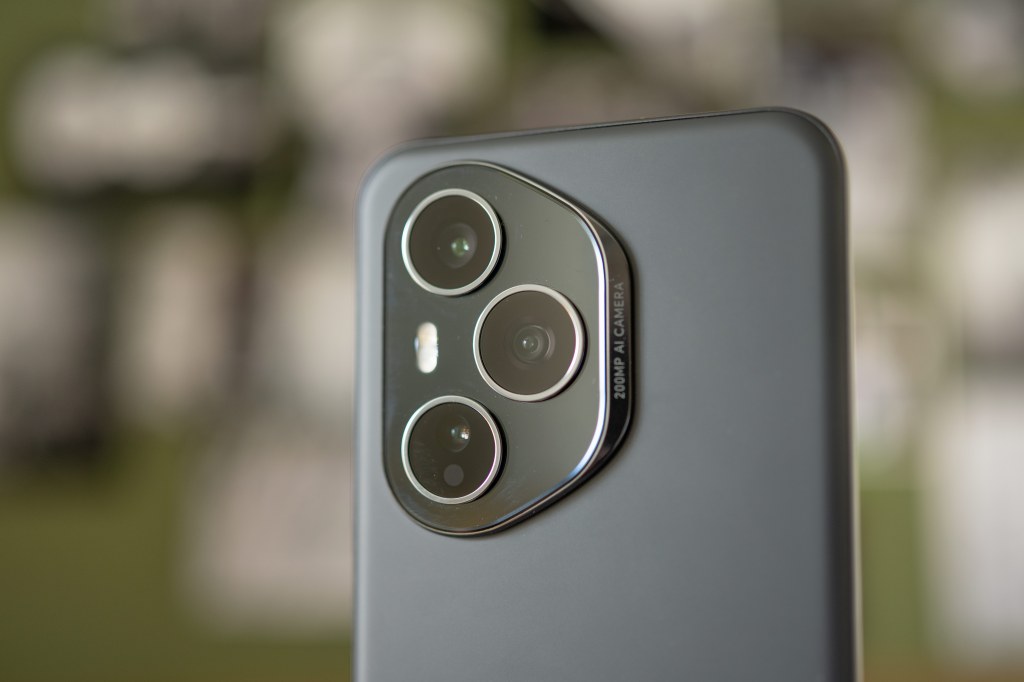
Honor 400 Pro – Features
The new Honor 400 Pro debuted with a big upgrade to the main camera, which now uses a 200MP 1/1.4 sensor with OIS and EIS dual stabilisation and a bright f/1.9 aperture. The rest of the cameras seem to be passed down from the previous Honor 200 Pro, so we have an ultra-wide camera at 12MP, a telephoto camera at 50MP, which now allows for 3x optical zoom up from 2.5x and on the front a selfie camera with 50MP now featuring autofocus.
In the background what Honor calls “AI Honor Image Engine” provides a long list of AI features like the enhanced 50x Super Zoom on the telephoto camera, Image to Video conversion, Motion Sensing Capture, Portrait enhancement, and editing tools like Eraser, Remove reflection, Outpainting, Upscale, and face tune.
Honor 400 Pro – Handling and design
Honor reshaped the rear camera island so the cameras and flash are arranged on top of a glass trapezium with rounded corners. The reflective plastic frame from the 200 Pro is replaced with a matte one, which gives a better grip and a more premium look. With 205g, it hits a comfortable weight and at only 8.1mm, it has a very slim profile too. Build quality is really good, and now backed with the highest IP68 & IP69 water and dust resistance rating previously reserved for flagship devices.

The curved display from the 200 Pro remained, which might be a relief or a letdown depending on your preferences. For me, it feels ergonomic and comfortable to hold, but like most, I would snap a protective case on it anyway. It has a slightly smaller 6.7-inch OLED screen but flaunts a 5000nits peak brightness, which makes it fairly easy to see on a sunny day.
After testing the budget-friendly Honor 400 Lite, I thought I would see a dedicated camera button on the 400 Pro, but Honor decided on a pared-back design, with only a volume and an on/off button. You can still very quickly launch the camera app by double pressing the latter, but it doesn’t double up as a shutter. Perhaps Honor is reserving this for the new version of the flagship Magic 7 Pro?
The silicon carbon battery supports 100W wired and 50W wireless charging and is improved to 5300mAh capacity, which is better than the iPhone 16 Pro’s. There is an even bigger 6000mAh version available outside Europe.
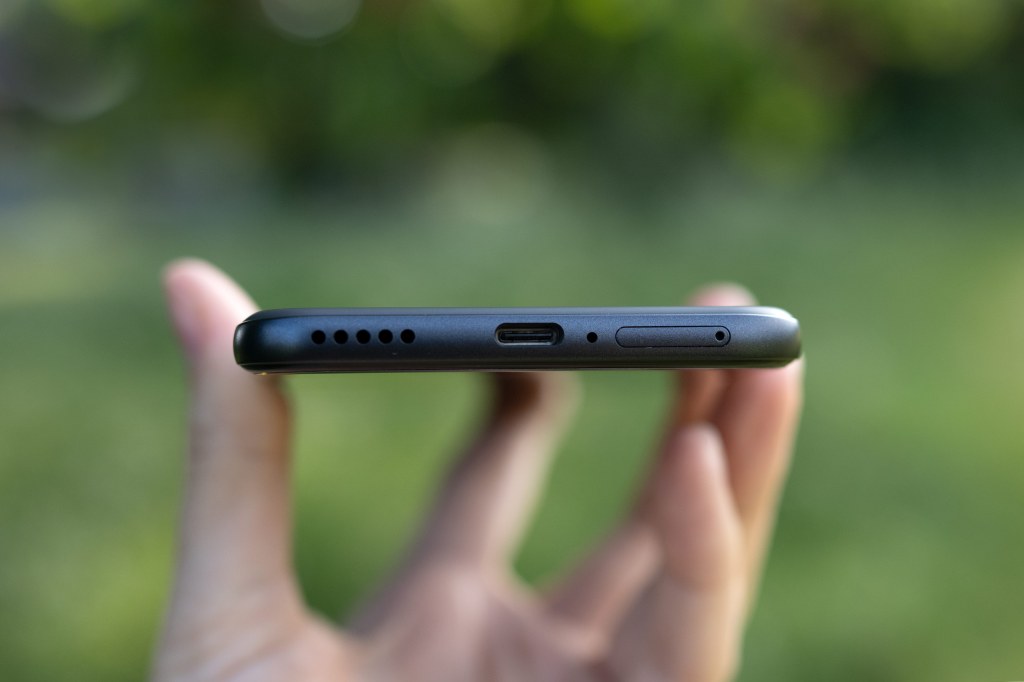
You can only choose between a Lunar Grey and a Midnight Black version. I found that the black model I’ve tested, even though looking very sleek and stylish, is prone to fingerprint marks, but again, you likely won’t flaunt your device without a cover.
Buying a £700 smartphone is quite an investment, so naturally, it is good to make sure you won’t be forced to buy a new device in a few years due to a lack of updates. Good news is that Honor confirmed a generous 6 years of security and OS updates for the whole 400 series, with the new Android 16 OS update expected to land later in 2025.
Honor 400 Pro – Camera app
The native photo app feels very intuitive to use and switches between lenses and modes quickly. Smart capture automatically detects and captures smiles or people moving and if you turn on “AI photography“ in the settings, it will recognise subject types and suggest a shooting mode.
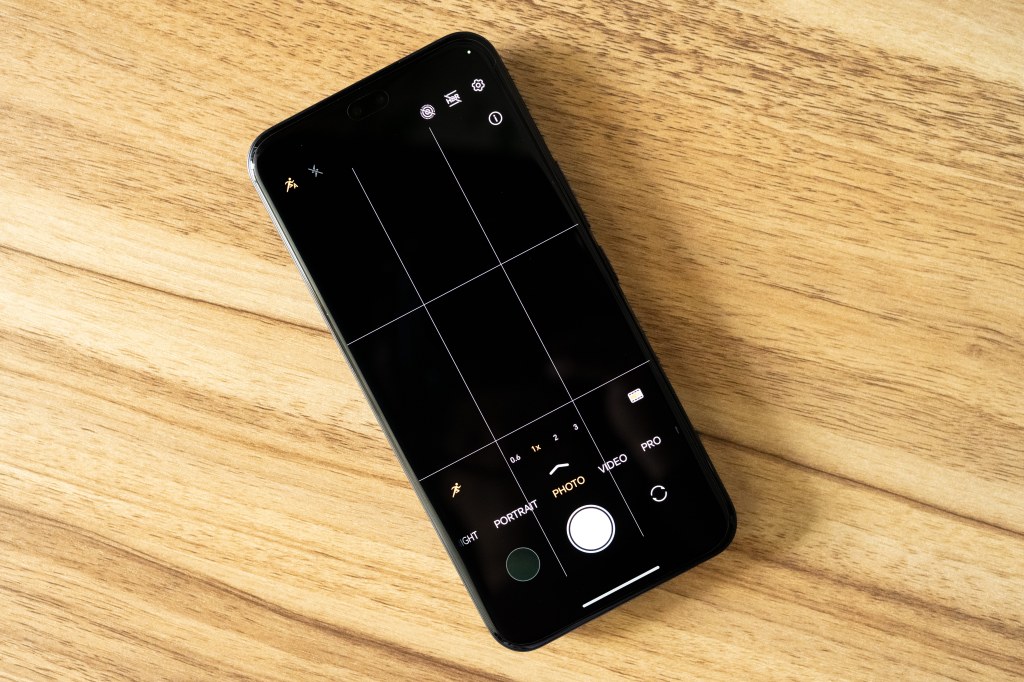
You can turn on Smart Focus in the settings and this will allow you to lock focus by tapping the focus frame. Also, normally, the phone meters the light from this same spot as your focus point, but here you have the option to grab the little sun icon for exposure adjustment and drag it instead to a highlight area to meter from there, while your focus point remains intact.
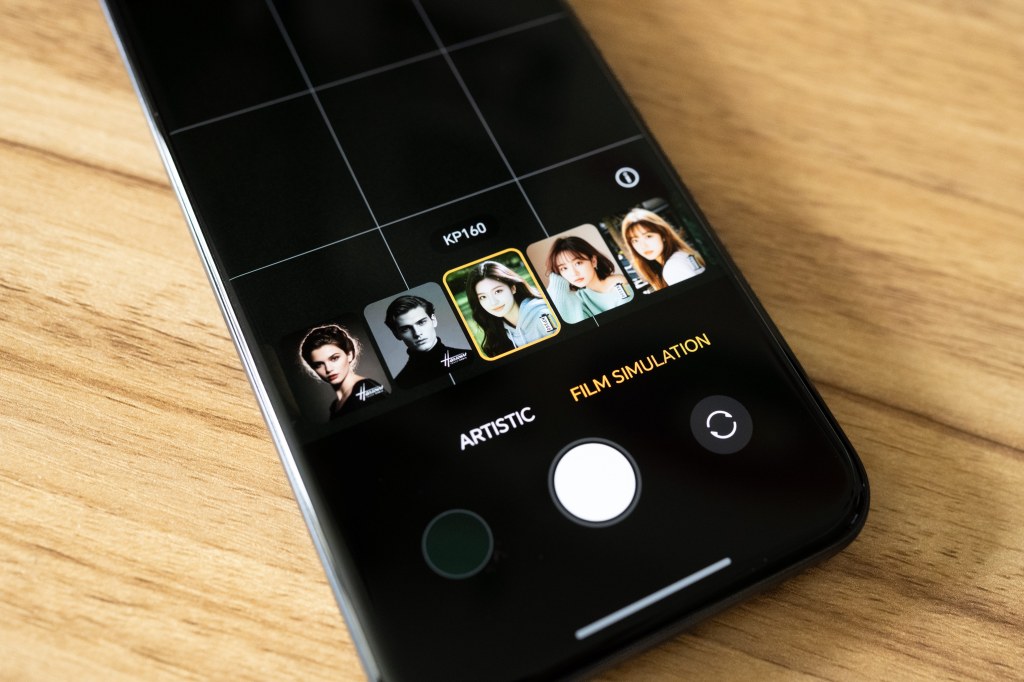
Continuing their collaboration with Harcourt, there are three artistic options available in Portrait mode, Vibrant, Colour and a Classic black and white, alongside six film simulation filters. Above the film simulation icon, you’ll find Beauty mode with various live filters available to smooth out or brighten skin, slim down the face, and change the size of eyes or nose, essentially capable of turning you into a different person if you go heavy on the sliders. There is also an AI-enhanced portrait button that delivers an instant but more realistic and balanced result. One big oversight on Honor’s side is not including the Harcourt portrait modes and bokeh adjustment for selfies, hopefully, it can be added with a later software update.

Pro mode, has RAW capture, and allows for shutter speed adjustment between 1/6400 and 30sec, you can also adjust ISO, focus mode and metering as well as white balance. But to make use of the full potential of the 200MP main or the 50MP camera, you need to navigate to High-Res mode under ht e More tab.
There you’ll also find a Super Macro option that utilises the main wideangle and the ultrawide cameras, as well as Slow-mo, and Night video modes. “Stage” mode is optimised for capturing concerts, fireworks, and performances in low light. Time-lapse offers up to 1800x with a 60sec interval, and the various aptly named interval options help you choose the most suitable one for your subject. Multi video mode will record front and rear camera views simultaneously, ideal for vloggers to incorporate a unique two-way perspective.
Honor 400 Pro – New AI features
The new Image to Video editing feature converts your stills into videos. To use this option, make sure you are connected to the internet, navigate to the Gallery, then on the bottom select “Create” Image to Video. Generation is random, without prompts involved, so it is down to AI to choose how it will animate the image. But you can always press “generate again” until you are satisfied with the result.
I was dubious of this option at first, but I have to admit the results are good, the video looks realistic and nicely integrated. No fifth fingers whatsoever or ghost-like movement, colours and lighting match the scene well. Given how social media platforms are fixated on video content, it can be a very useful tool that can help a content creator with extra footage.
The 50x AI Super Zoom option yields similar results to what we have seen on the Honor Magic 7 Pro. It does a good job at sharpening up an otherwise soft image that lacks detail, but it can add artefacts that were not there.
Honor 400 Pro – Performance
The 200MP main camera yields the best results. In good even lighting, it produces nice images, but with the sun in the frame, it is prone to a bit of lens flare. With the OIS on the main and telephoto camera, I was hoping for more detail when zoomed in, as all three cameras delivered images a little on the soft side. Nevertheless results are very nice if you don’t start pixel peeping.
Colours are well matched between the ultra-wide and main camera, but when switching to the 3x telephoto camera which is also a base for the digital zoom, it shows a slight colour variation, and images appearing less saturated here.
The portrait capture is the heart of this phone, with the Harcourt colour modes, AI portrait enhancement and adjustable bokeh to level up your portrait game. You get a natural-looking subject separation from the background.
Switching to the 50MP selfie camera results are nice but with a varying amount of background blur as this mode automatically selects the amount of blur applied. A bokeh adjustment slider for the selfie camera would be a great addition and allow for more precise customisation.
The main camera benefits from the bright f/1.9 aperture and OIS and EIS dual stabilisation during night mode.
I was very pleased with the overall macro performance, in the main photo mode and in the dedicated Super Macro mode as well. You can focus as close as 2.5cm and get sharp and detailed results.
Honor 400 Pro – Value for money
At £699 Honor positioned this phone firmly on the mid-range market. While you might still consider the older Honor 200 Pro at £499 if budget is a constraint, the Honor 400 Pro justifies its £699 price with future-proof specs, six years of updates, and imaging tools tailored for creatives and social content makers.
Honor 400 Pro – Verdict
With a new, unique design and improved main camera, the 400 Pro confidently builds on the foundation laid by its predecessor. It excels in portrait photography, offering versatile creative options with the Harcourt modes, adjustable bokeh, and a 50MP front-facing camera with autofocus — a rare find at this price. Despite some drawbacks like inconsistent colours between the cameras, the 400 Pro delivers a solid performance across the board. The macro performance is really good, and features like the large 5370mAh battery, 5000-nit OLED display, and fast processor add substantial value.

Honor 400 Pro Specifications
| Main camera | 200 MP f/1.9 (24mm equivalent) 1/1.4inch sensor, OIS + EIS dual stabilisation, AF |
| Telephoto camera | 50MP f/2.4 (68mm equivalent) Sony IMX856 sensor, 3x optical zoom, OIS, AF |
| Ultra wide and macro camera | 12MP f/2.2 AF (16mm equivalent) |
| Selfie camera | 50MP f/2 AF |
| Screen | 6.7inch, 120Hz OLED display |
| Peak brightness | 5000nits peak brightness |
| Battery | 5370mAh (Europe), 6000mAh (other territories) Silicon-Carbon battery |
| Fast charging | 100W Wired SuperCharge and 50W Wireless SuperCharge |
| Water and dust resistance | IP68 & IP69 dust and water resistance |
| Processor | Snapdragon 8 Gen 3 Mobile Platform and Qualcomm Adreno 750 GPU |
| OS system | MagicOS 9.0 |
| Storage and RAM | 512GB, 12GB |
| Dimensions | 160.8mm x 76.1mm x 8.1mm |
| Weight | 205g |
For more affordable options, have a look at our guide to the best budget smartphones.
Related content:

